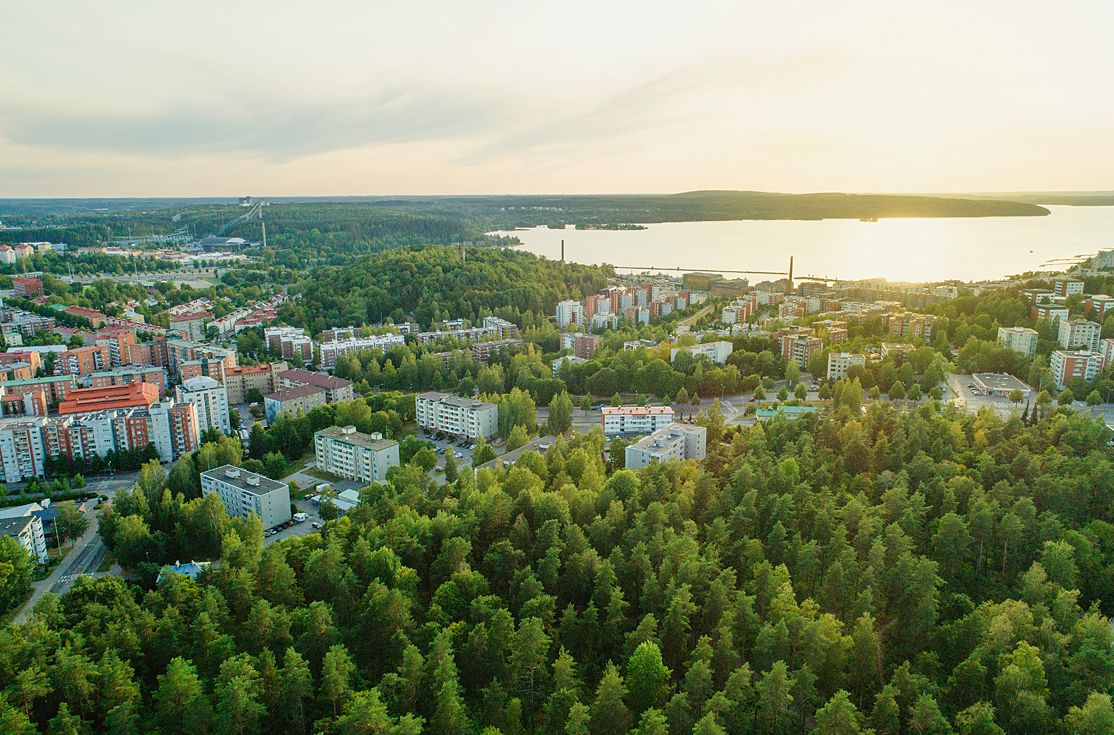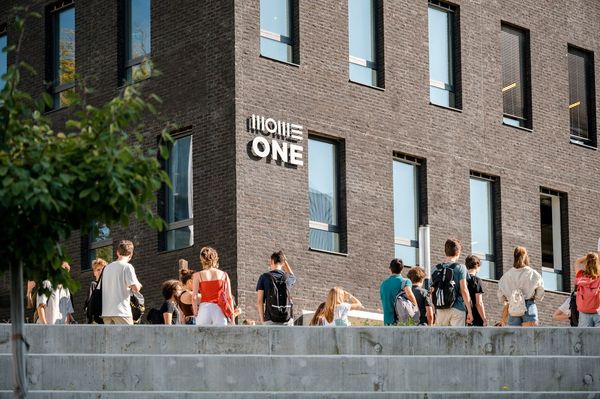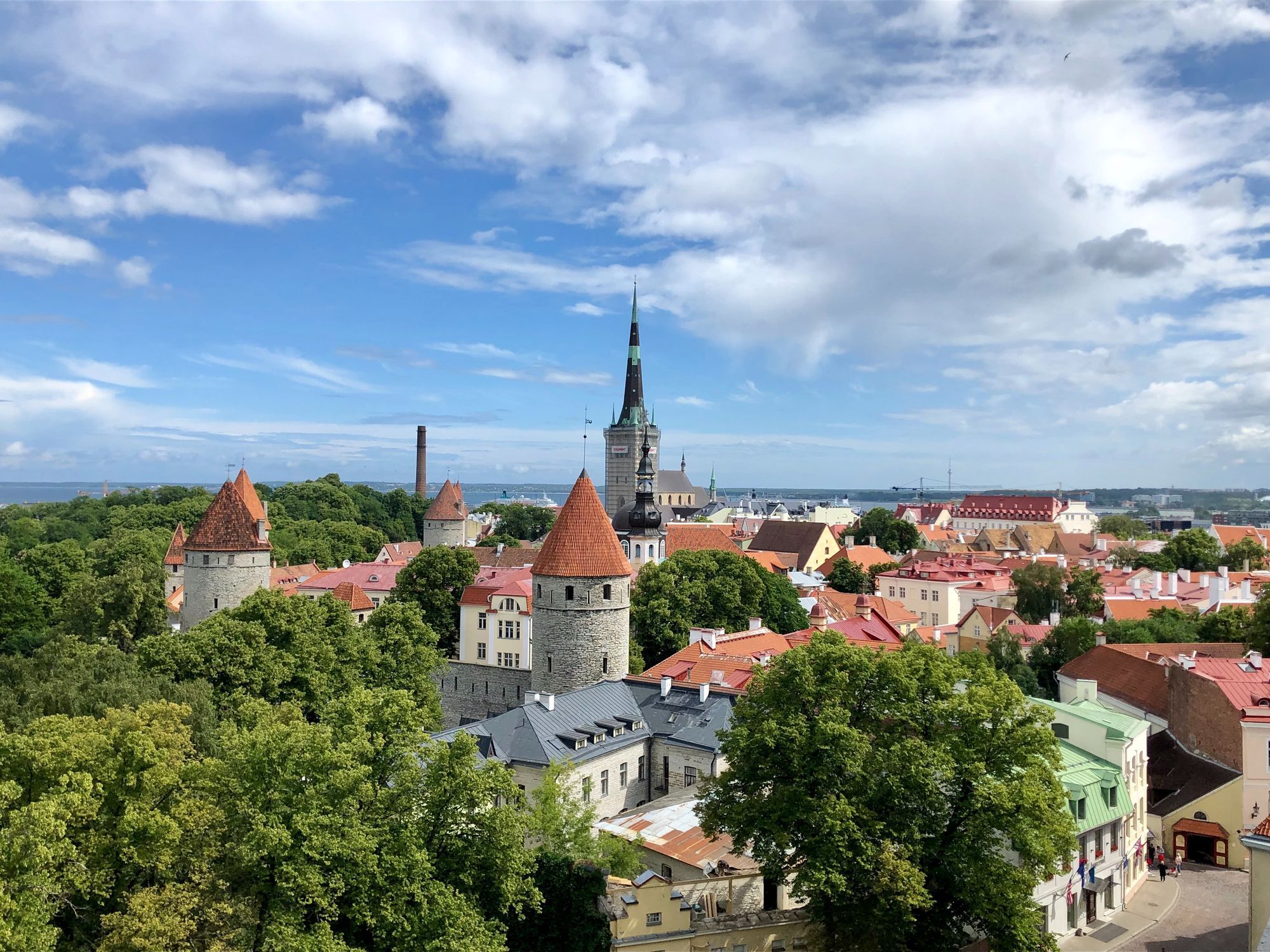The Estonian capital of Tallinn has been crowned the European Green Capital for 2023, finally praised for its dedication in reapplying year after year.
Tallinn received the award itself in 2021 in the form of a €600,000 cheque, highlighting that this is another step along the way to Europe becoming the first climate-neutral continent by 2050, meaning that it will not emit more greenhouse gases than it can sequester. Tallinn’s main fields of action are biodiversity, climate, and sustainability governance with flagship projects including a 14-kilometer-long ‘Insect Lane’ green corridor built across the city, a Baltic sea Cleaning Day project, or the Greentech Week.
But what does it take to become a European Green Capital?
The European Commission initiative rewards cities that have committed to environmental, social, and economic sustainability to make urban spaces more liveable. A jury of experts assesses applications in accordance with 12 key environmental indicators such as air quality, noise, water, waste, eco-innovation, sustainable land use, and biodiversity.

Why did Tallinn win the award?
With a population of 393,222 inhabitants, Tallinn is the largest city in Estonia, located on the coast of the Gulf of Finland in the Baltic Sea. The country, reborn after the decline of the Soviet Union—no longer constrained by the previously restrictive regime—has undergone many reforms in recent decades, including efforts to achieve sustainable development.
The capital’s park network which is constantly growing in size already measures up to 90 m2 of protected public green area that overall makes up 19.5 % of the city’s territory. They have come a long way after a history of heavy and polluting industry, now following a long-term strategy called ‘Tallinn 2030’, which has the overall objective to build a “healthy city environment and sustainable use of natural resources” by the year 2030. This strategy is supported by a free public transport system, the Tallinn Landscaping Action Plan, the Rainwater Strategy, and a Sustainable Energy Action Plan which includes strict efficiency requirements for buildings. Tallinn’s climate-neutral roadmap promises a 40% reduction in emissions by 2030.
Sources: European Commission, Euronews, Green Tallinn

We fight a hybrid war that will end in a hybrid peace

MOME looking for its next rector in an international tender










